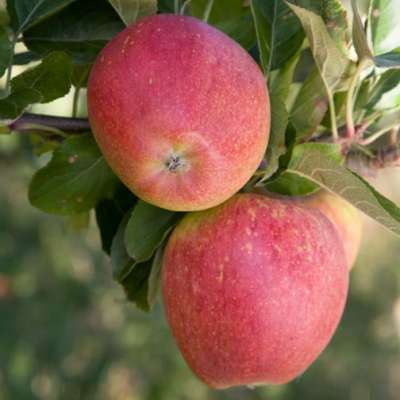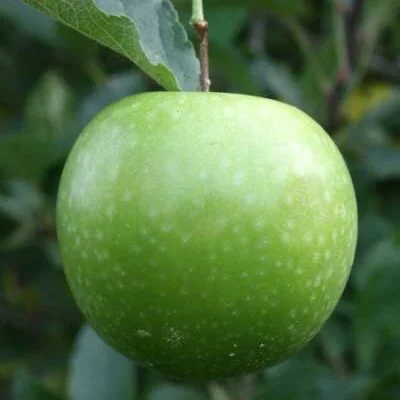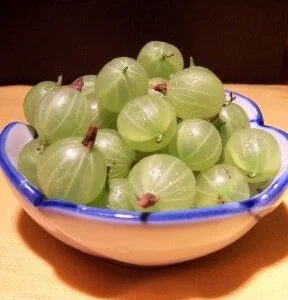Soil Preparation
General preparation as you would for trees or raspberries is the best. Ensure all perennial weed roots are removed.
Planting
Plant 15-18″ apart. The top of the pot should he just covered by the soil. FIRM WELL to ensure close contact between pot and soil. The roots will then quickly grow through the pot. Puddle each plant with water.
Cleanliness of Fruit
After flowering, place a thin layer of straw or black polythene around the plants to prevent soil splashing on the fruit during or after rain. This should be removed immediately after fruiting. When the plants have finished fruiting, all the leaves should be cut off approximately 3-4″ above the plants so that the crown is not damaged and then removed and burned. This will result in heavier crops the following season as new growth quickly appears.
Feeding
We strongly recommend the use of Sulphate of Potash between the rows so that undue amounts do not fall on the foliage. This should be used after the leaves are removed following fruiting and again the following spring in late February/early March at the rate of 1/2 oz per square yard each application.
Pots and Containers
Enjoy a superb crop of delicious fruit in your greenhouse, sun lounge or on your windowsill Ensure that your pots are large enough, with a minimum depth of 6″ with a drainage hole. Use a good compost, such as Arthur Bowers soil-less, J1 P No. 2 etc. Before planting, ensure that the compost is soaked and never allowed to become too dry after planting. Suggested varieties: Cambridge Vigour, Cambridge Favourite, Elvira, Honeyoye, Pegasus. The plants should be potted up during August/September and left outside until February when they should be taken inside and treated like houseplants. When the flowers are in full bloom, tickle with a camel hair brush or feather and you can pick your delicious berries by late April. Using containers on a patio or similar area, will produce an excellent crop. Growbags, tubs, pots, boxes, towers etc. are all suitable. Suggested varieties are: Cambridge Favourite, Elsanta, Cambridge Vigour, Royal Sovereign. However, most varieties give good results. To ensure heavy crops from containers it is normally advisable to replant annually. Liquid feeding with a foliar feed following the manufacturer’s instructions is to be highly recommended. With some of the larger tubs the use of potting compost can be expensive and this can be eased by adding a good quality garden soil to the compost (Arthur Bowers or Levington) on a half and half basis. Autumn fruiting varieties in containers can be brought inside in September to extend the crop well into the autumn/winter months.
Cloching
For an earlier crop by cloching, plant in August and September in rows 3′ apart with plants 9′ apart (variable according to cloches available). Do not cover the crop until mid/end of the following February and then water and ventilate as required. During flowering give ventilation whenever possible, to allow adequate pollination and prevent too high a temperature. Water and sprays are best applied in the morning to allow the plants to dry before night. One bonus for this system is you will usually get a small autumn crop from Red Gauntlet if the old leaves are removed after the first crop. Suggested varieties: Red Gauntlet, Cambridge Favourite, Cambridge Vigour, Gorella.
Field Grown Runners
Summer Fruiting Cultivars
With plants in the open ground it is advisable to remove any flowers formed the following May/June to allow the plants to build up their strength for a heavy crop the following year. To obtain a heavy crop of top quality fruit, plants should be renewed every third year.
Perpetual Fruiting Cultivars
Remove any flowers formed in May to enjoy the maximum autumn crop August onwards. Only a limited number of runners are produced in autumn fruiting varieties, but these should be left, as they will frequently produce fruit and increase the total yield. Perpetual varieties decline in yield after 2 seasons and should be replaced accordingly.
Important
However you plant, whenever you plant, it is essential to really soak the soil around the plants with water. Keep well watered until established.






